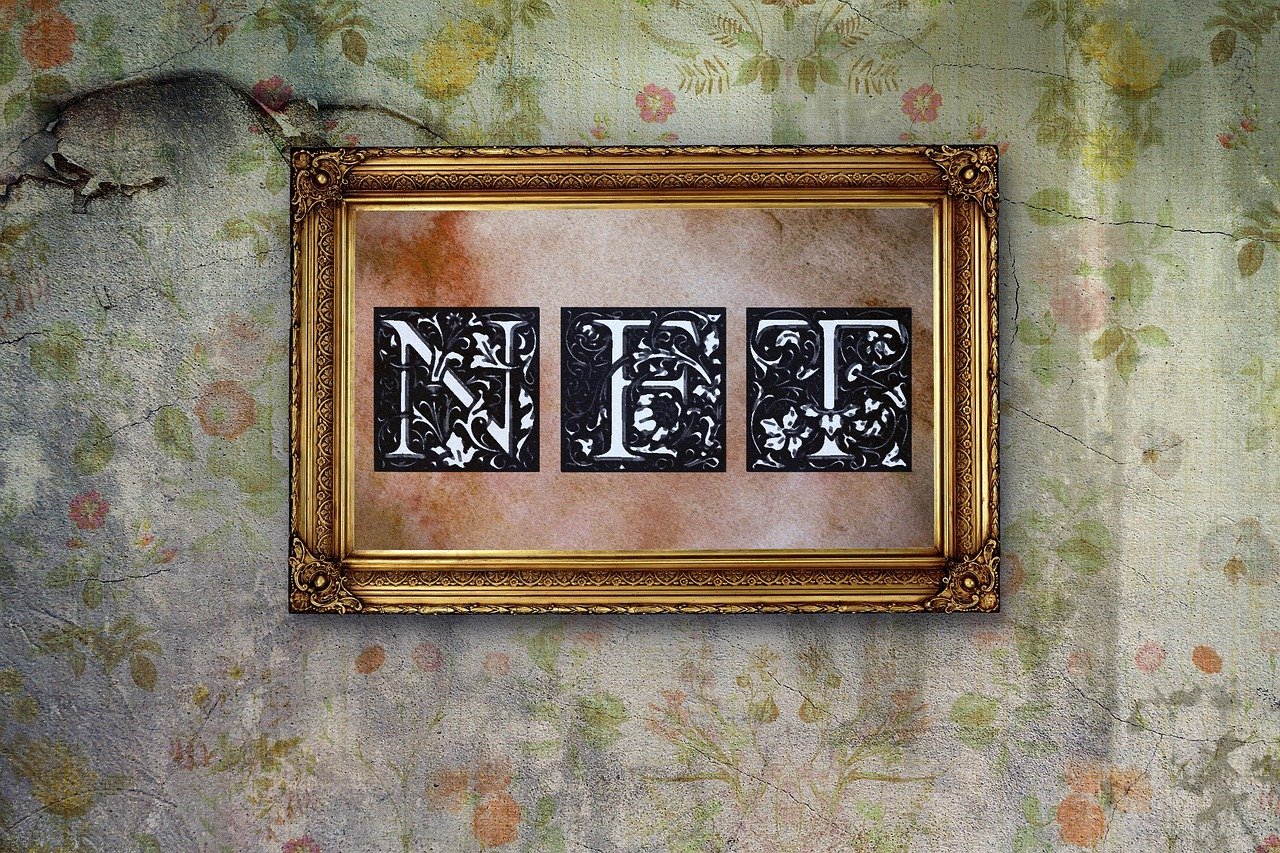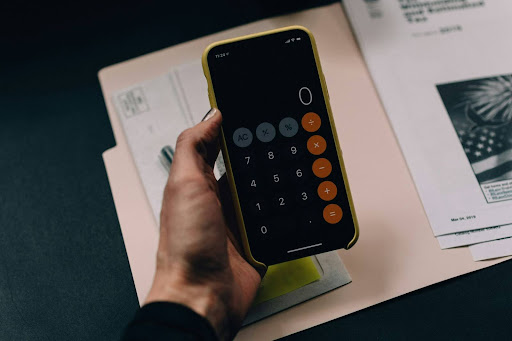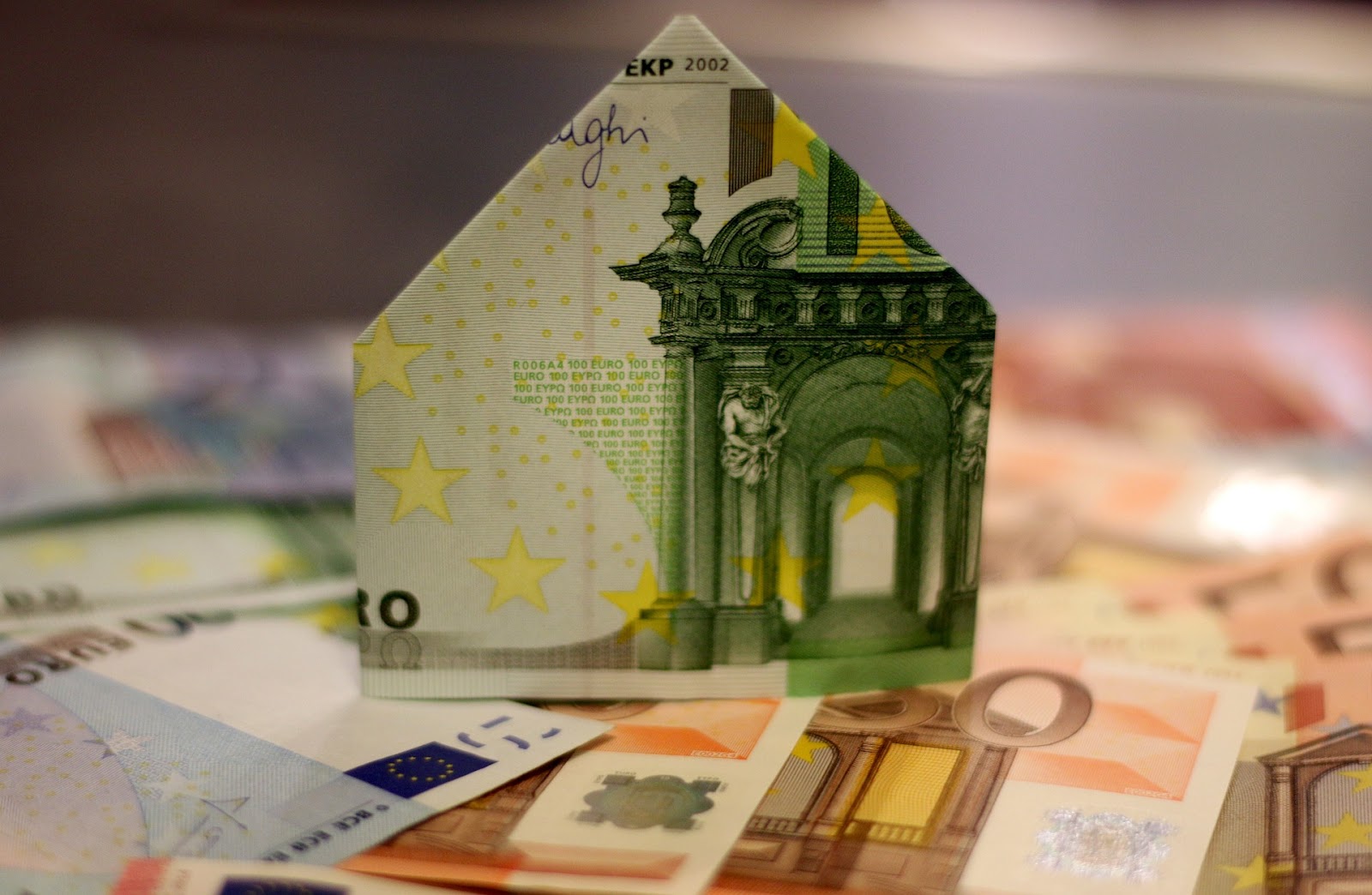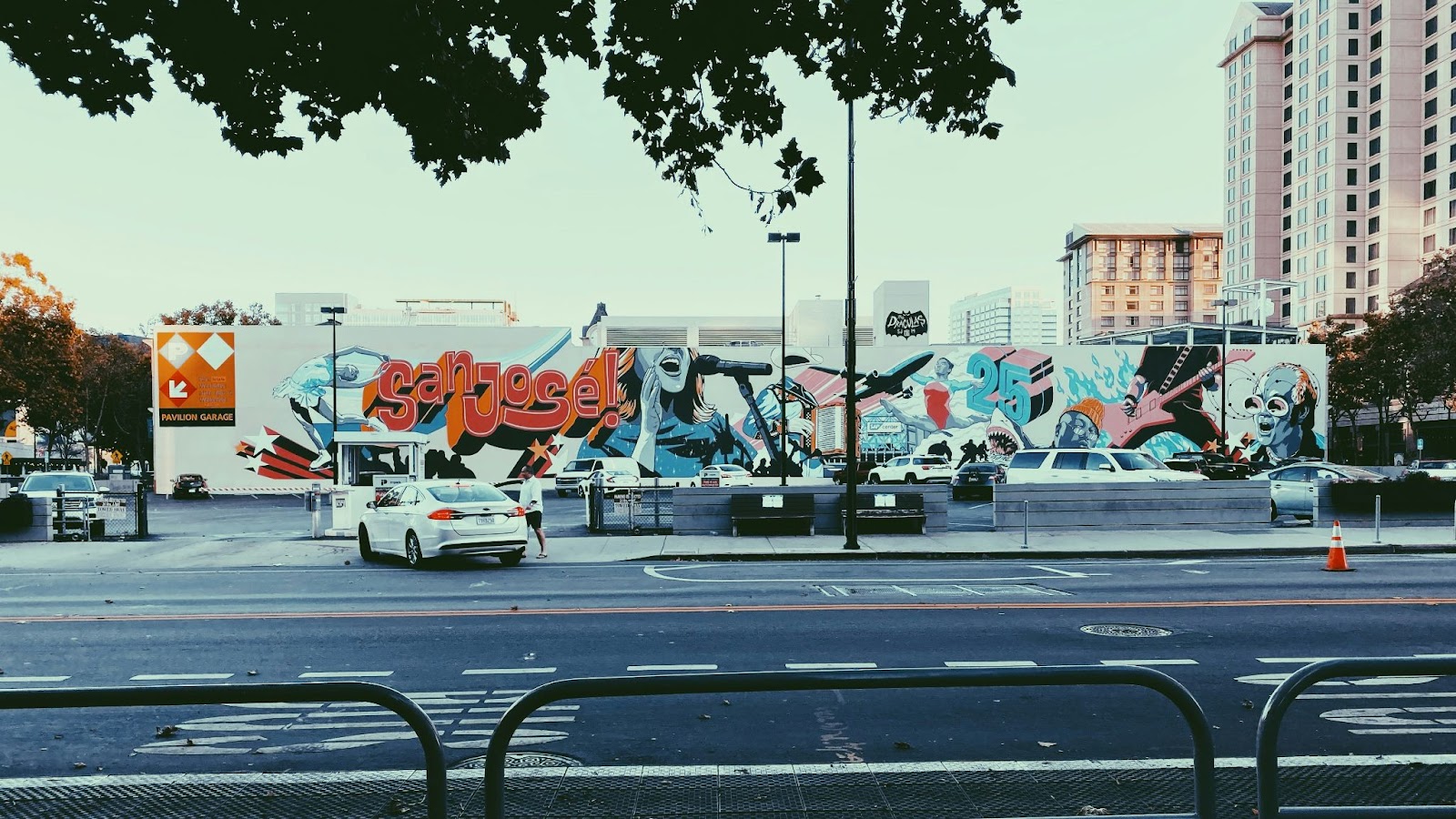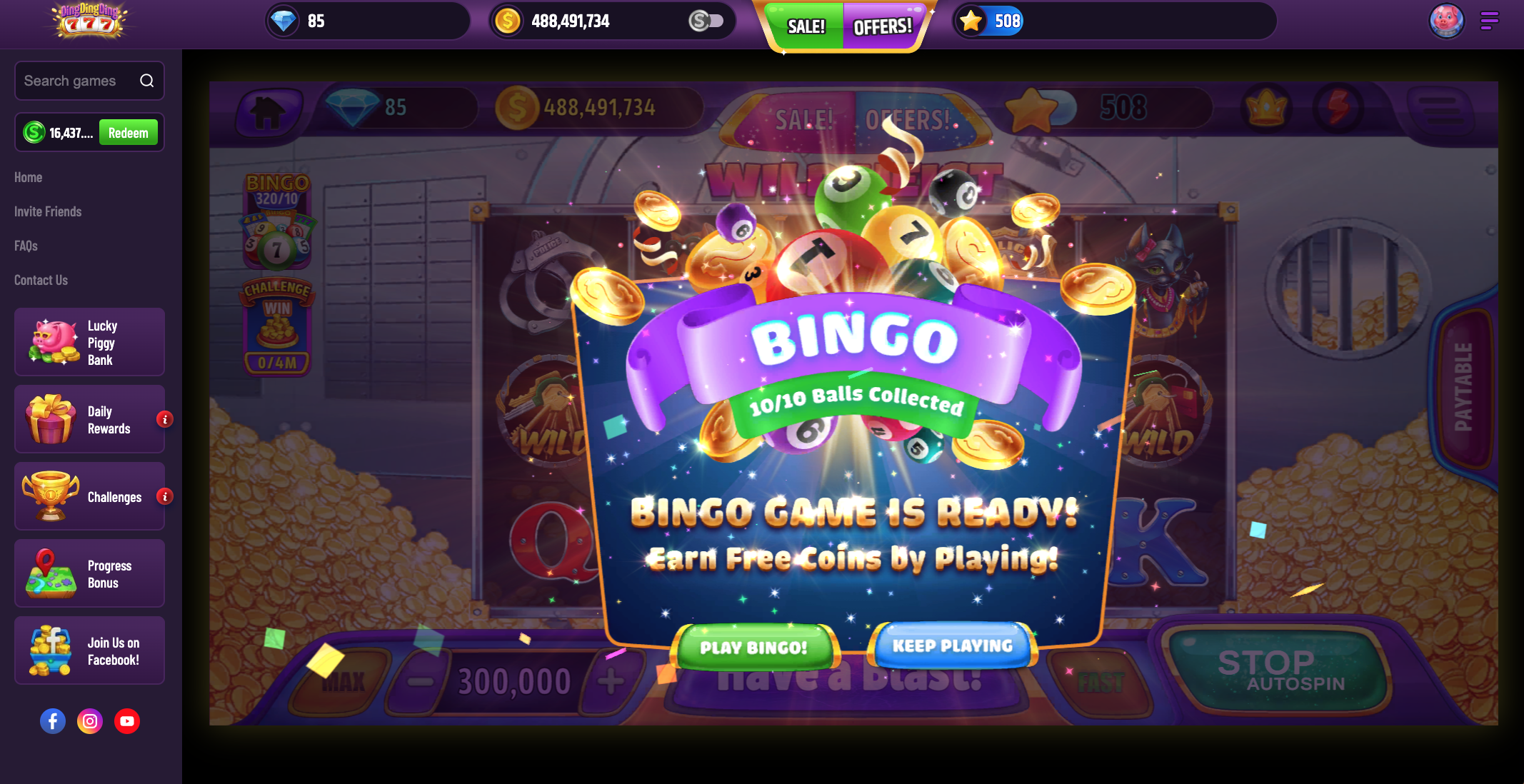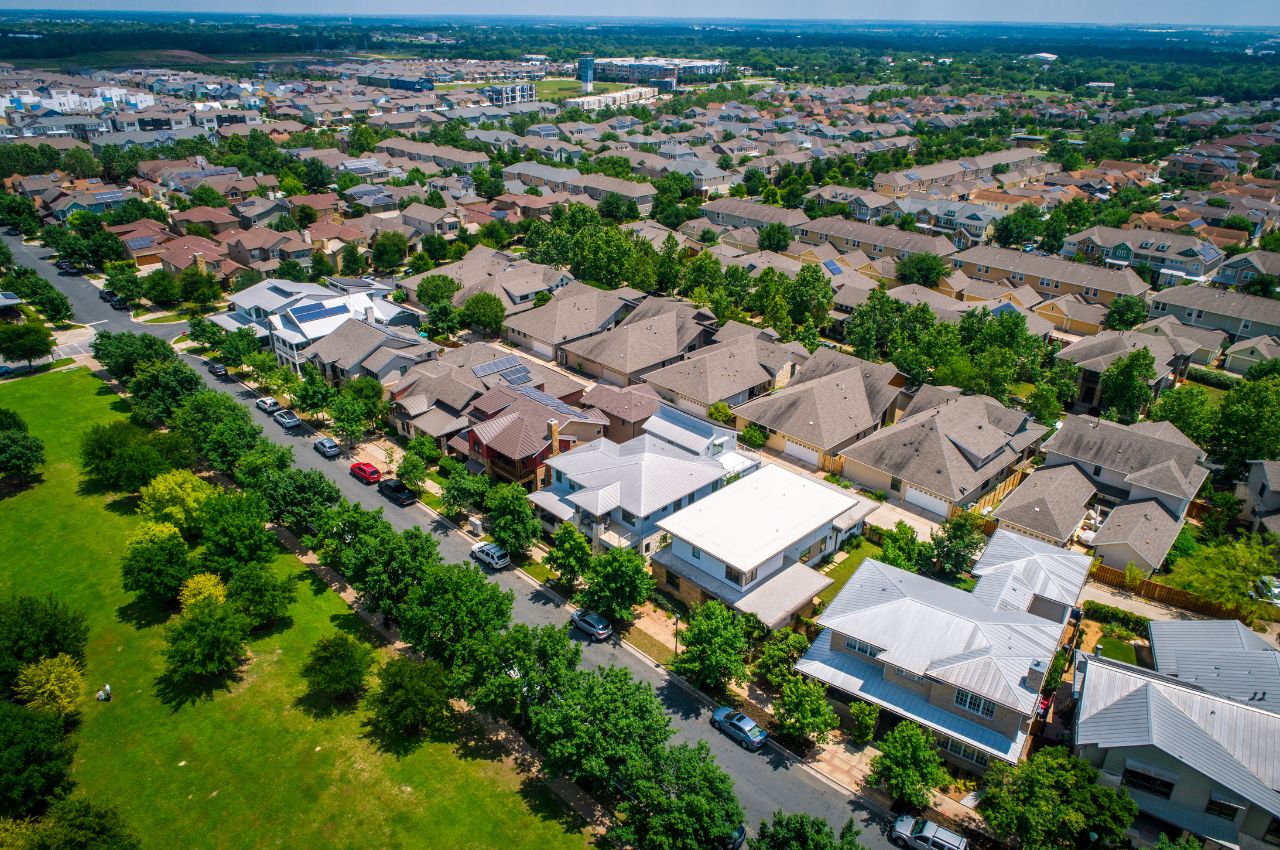Tokenization, once primarily associated with digital art through NFTs, has since expanded beyond its origins. Now, tokenization permeates various sectors, particularly in real estate and finance. Exploring asset tokenization’s latest and ever-growing intricacies has prompted discussions surrounding its multifaceted potential.
For many individuals, a common misconception surrounding asset tokenization is that it can only be associated with digital art NFTs. However, experts find that the scope of tokenization extends well beyond art, encompassing almost every asset class imaginable. Shining a spotlight on real estate, there has been a rise in the intuitive appeal of tokenizing property. As some wonder what would be the purpose of tokenizing assets that are already efficiently managed, David Packham, the CEO of software company Chintai, argues that real estate, with its inherent illiquidity and inefficiency, presents an ideal opportunity for blockchain innovation.
Packham further detailed the advantages of blockchain technology in addressing market inefficiencies and corruption, using carbon credits as an example. By leveraging blockchain, the transparency and security of carbon credit transactions can be significantly enhanced, providing a robust shield against issues such as resale fraud. Delving deeper into the topic of market transformation, Packham explored the potential of tokenization in revolutionizing the collectibles market, including high-value items like fine art. He emphasized how tokenization facilitates fractional ownership, democratizing access to assets that were once exclusive to the affluent.
NFT art introduces the concept of digital scarcity, instilling value in limited-edition pieces verified on the blockchain. That scarcity has boosted the independent art marketplace, attracting a new cohort of art enthusiasts and investors. However, challenges such as environmental concerns and market volatility must be addressed as NFTs continue to reshape the art market.
Transitioning from real estate and collectibles to finance, Packham highlighted the broader implications of asset tokenization. He noted that beyond the art arena, NFTs find applications in decentralized finance and virtual real estate, opening up new avenues for investment and trading. Within the NFT art space, blockchain technology ensures authenticity and transparency, enabling direct transactions between artists and collectors without intermediaries. Just as the rise of NFT art has disrupted conventional notions of art ownership, it can also transform finance and real estate, offering a hopeful vision of a more inclusive and democratic future.
Tokenization has potential applications in other sectors, such as intellectual property rights and supply chain management, as well as real estate and finance. Blockchain technology can create digital representations of physical assets, allowing for smooth tracking and verification throughout the supply chain. Regulatory frameworks are expected to play a notable role in shaping the future of asset tokenization. Packham stresses the importance of establishing clear guidelines and standards to ensure the integrity and security of tokenized assets while also nurturing innovation and market growth.
Digital finance is on the cusp of a transformative era, and NFTs hold the key to democratizing ownership and revolutionizing asset tokenization across diverse industries. By harnessing the power of blockchain technology, NFTs offer a transparent and decentralized approach to ownership, paving the way for a more equitable digital economy. The evolution of asset tokenization beyond its roots in digital art signifies a paradigm shift in the investment domain. As blockchain technology progresses, the horizons for NFTs in real estate, finance, and beyond are limitless, promising a future full of exciting possibilities.
